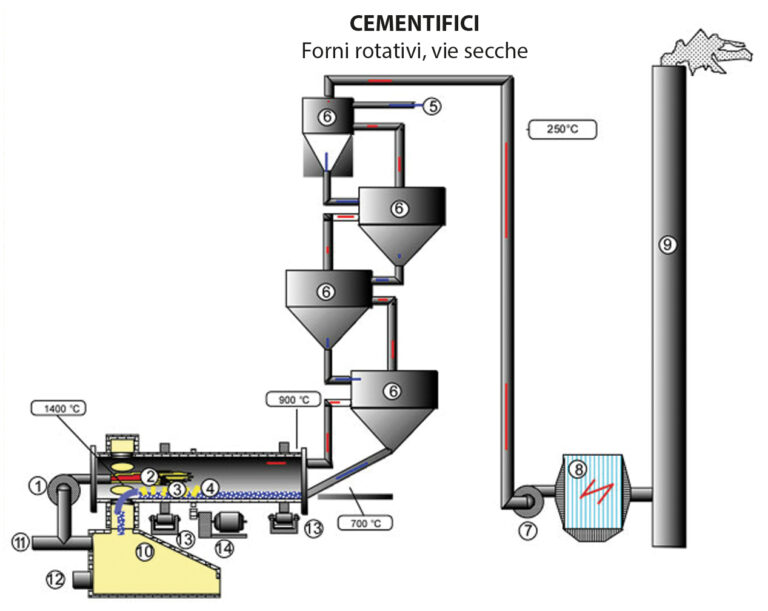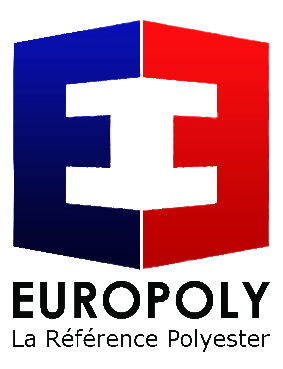Environment
How does Europoly treat and add value to its waste?
Co-incineration and the cement industry
EUROPOLY is aware of its ecological footprint and looks to durable solutions.
Co-incineration is a technique which allows waste to be disposed of, whilst also contributing to the production of cement. Through this process waste is used as normal or booster combustibles, and/or is subjected to heat treatment in order to destroy it. Occasionally they are also used as carrier products which are useful in the cement production process.
Co-incineration is therefore considered as a process which adds value to waste (as opposed to incineration which merely eliminates waste).
The process of cement production involves “cooking” a mixture of limestone and clay at very high temperatures (1450˚c material temperature, 2000˚c flame temperature), which is measured and grinded into the form of “raw flour” to be finally transformed into “clinker”. Clinker is a granular product which after being finely grinded and mixed with certain additional products (most notably gypsum) becomes the product known to all of us as cement, used in masonry, construction and works of art.
Most modern cement works use this “dry ” process to produce cement
as it is the most economical one in terms of energy consumption: approx. 0.9KWh per kg of clinker (see diagram). Co-incineration in cement industry is a secure process which offers technical and ecological advantages that other waste elimination processes do not.
Waste products are used as substitute combustibles creating a real policy for durable solutions.
Cement production is a “zero waste” process (no liquid or solid residue), as any waste ash, usually composed of the same chemical elements as cement itself (CaO, SiO2, A1203, Fe203), are reintroduced into the production process, creating an excellent rate of “value for product”.
Cement manufacture requires continuous monitoring of combustion parameters and the stability of such parameters, which allows us to make the pledge of reliable waste management. Cement production produces an almost undetectable level of dioxin emissions (3-5 times less than the existing standard).
In order to reduce its ecological footprint, EUROPOLY employs the services of a company specialised in waste management, more specifically in transportation, storage and value-adding.
1 : Burner
2 :1700˚c flame
3 : 1300-1400˚c clinker zone
4 : Matter flow
5 : “Raw” powder entry
6 : Multi-cyclone pre-heater
7 : Draught fan
8 : Electro-filter
9 : Chimney
10 : Cooler
11 :Mixing gas
12 : Cooling gas
13 : Rollers
14 : Rotating gear motor
Hot gas circuit
Matter Circuit




